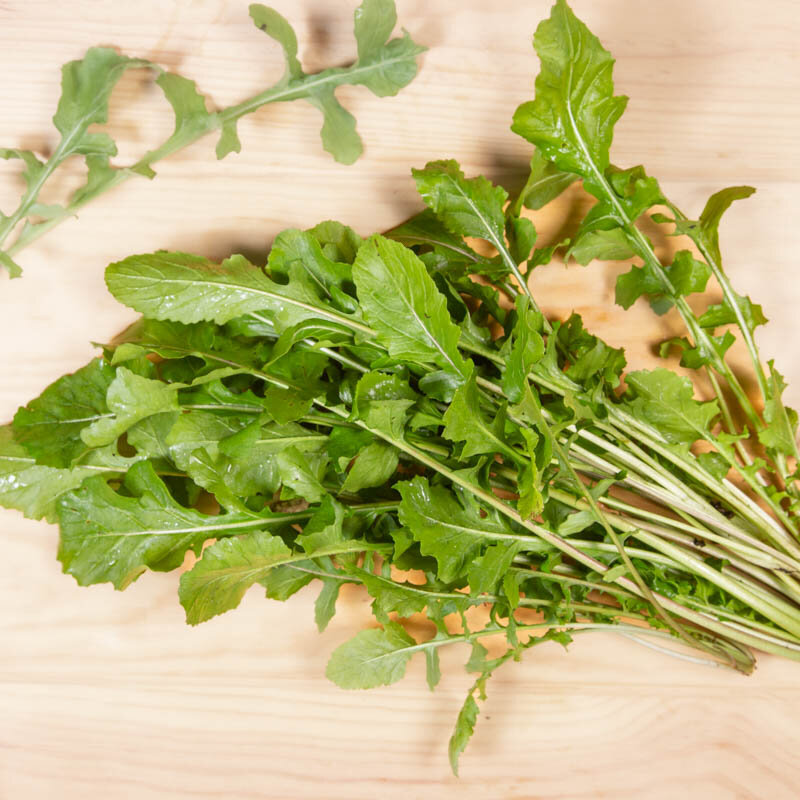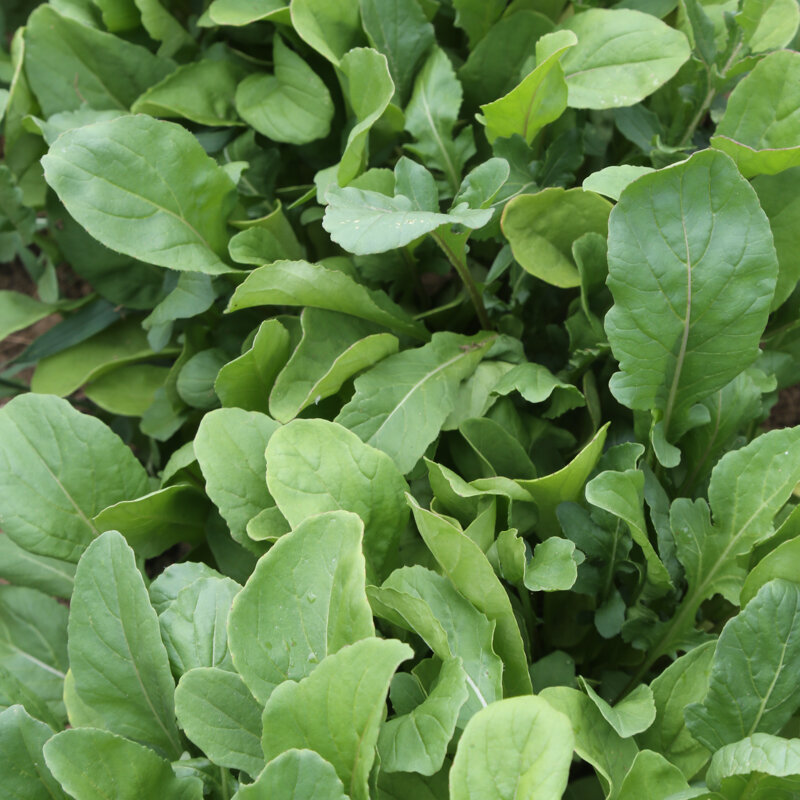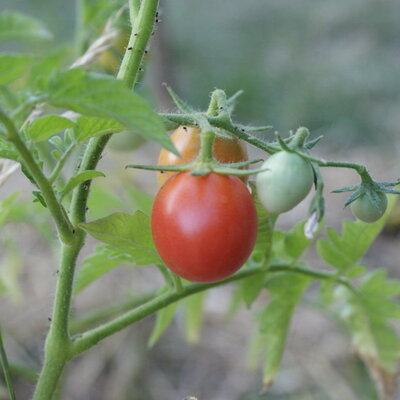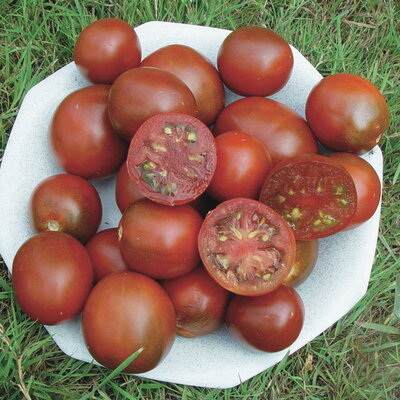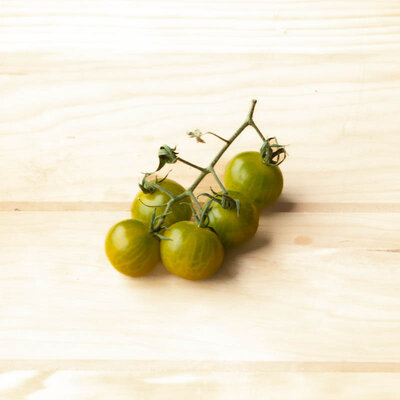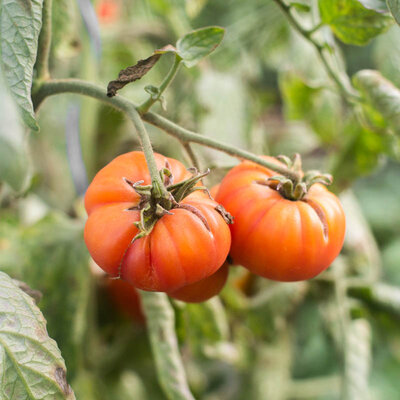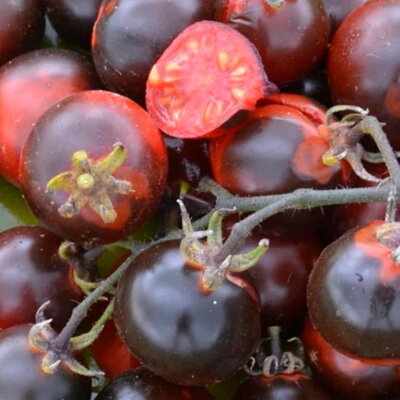Arugula - Roquette
This ancient, very hardy variety produces a rosette of delicious, wavy green leaves with a delicately peppery taste. Eaten raw or cooked, they will enhance any dish.
Arugula flowers attract pollinating insects, so don't hesitate to let a few plants go to seed!
These products may also be of interest to you
in the ground, online, on the fly, in nurseries
Rake the plot, remove weeds and stones, then sow lightly, directly in place, in rows 20 cm apart. Pack lightly and keep moist. Thin to 7 or 8 cm along the rows.
Sow every 15 days to stagger harvests. Frequent watering limits the pungent flavor of the leaves. Easy to grow, this variety adapts to many growing conditions and resprouts spontaneously.
March, April, May, June, July, August, September
April, May, June, July, August, September, October, November
in the ground, in pot
semi-shade, sunny
fort
all floor types
fees, drained
Eruca sativa
mid-season
6 grams
From 15 to 20 cm
crunchy
Green
From 10 to 15 cm
corrugated
Europe
1883
"Vilmorin-Andrieux "Les Plantes Potagères
This ancient European variety is cited in Vilmorin-Andrieux's "Les Plantes Potagères" of 1883.
Arugula is antiscorbutic, depurative, diuretic, stimulant and tonic. It is also rich in vitamin C and mineral salts.



